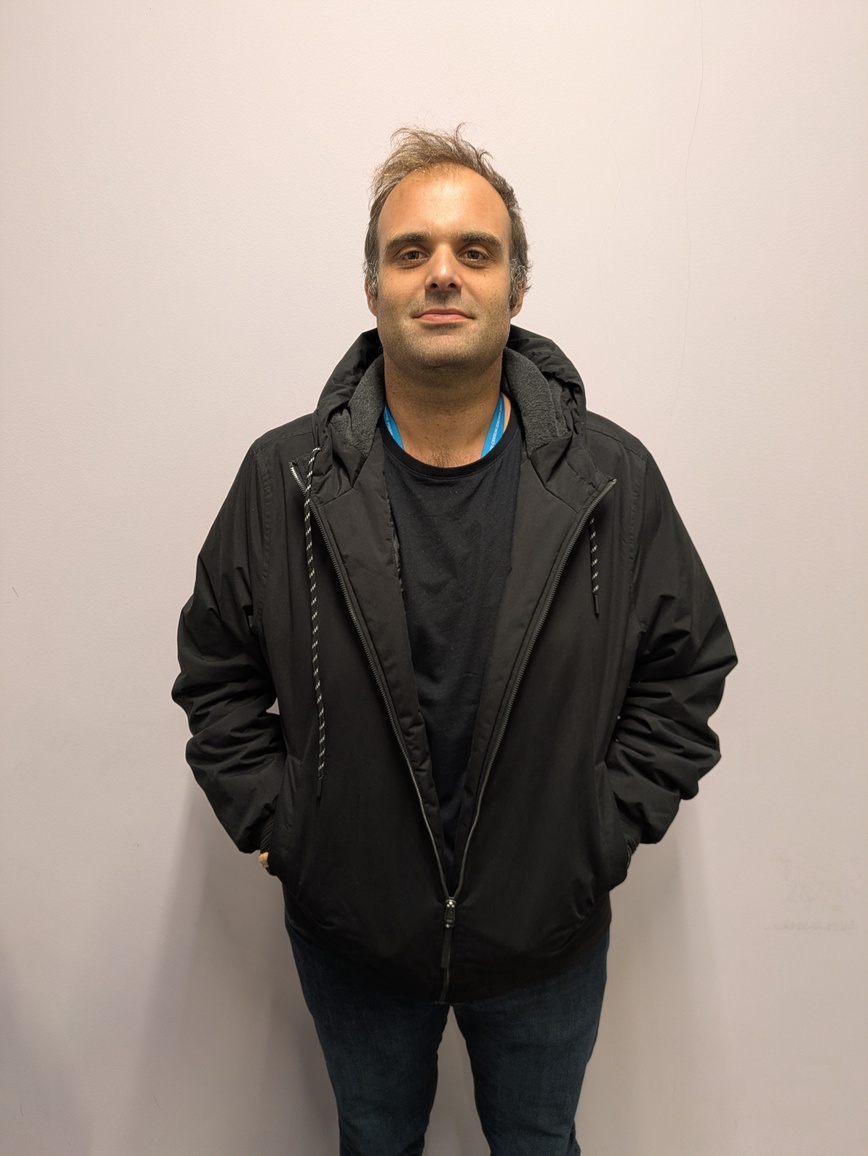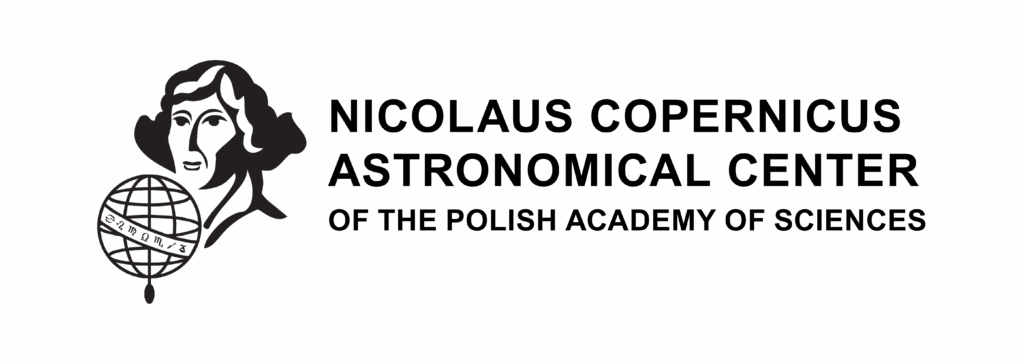Dr. Pedro Silva
Research
Fields of interest:
Gas detector instrumentation, Computational modeling, Astrophysics, Electroluminescence
Biography:
Dr. Pedro Silva earned his PhD in Physics from the University of Coimbra in September 2025. His research is centered on the development of advanced instrumentation for gas detectors, with a strong foundation in detector physics and related technologies. He began his scientific career at the Physics Center (CFISUC), where he investigated the properties of a meteorite, gaining early experience in instrumentation. After completing his master’s degree, he joined LIBPhys-UC, initiating his work in radiation detection. His doctoral research focused on designing and constructing a novel geometry for a Gas Proportional Scintillation Counter, through which he developed expertise in electronics, vacuum and gas systems, and computational simulation. He has worked extensively with simulation tools such as Degrad, Magboltz, Garfield++, and Geant4. In parallel, he contributed to experiments involving micropattern detectors (GEM, THGEM) and multiwire proportional counters.
Dr. Silva is actively involved in three international collaborations:
• CREMA Collaboration: This experiment first aimed at the highprecision measurement of the proton charge radius via pulsed laser spectroscopy of muonic hydrogen (μp), leading to a revision of this fundamental constant. He is currently involved in efforts to measure the groundstate hyperfine splitting (HFS) in muonic hydrogen with 1 ppm accuracy. His contributions include designing and testing a multiwire proportional 1 chamber (MWPC) to be used in the experiment’s detection system, and performing maintenance and reinstallation of photomultipliers coupled to BGO crystal scintillators.
• NEXT Collaboration: Focused on the search for neutrinoless double beta decay. Dr. Silva supported experimental efforts at LIBPhys-UC and participated in several experimental efforts in the NEXT-100 TPC, mainly on the gas system and the energy plane. He also contributed to data acquisition and monitoring.
• CYGNO Experiment: Aims to demonstrate the feasibility of high resolution gaseous Time Projection Chambers (TPCs) with scientific CMOS (sCMOS) optical readout for directional dark matter detection in the 1–10 GeV WIMP mass range. Dr. Silva has been involved in monitoring, calibration, and data analysis, focusing on refining data cuts using calibration datasets.
His upcoming research will focus on the design, construction, and assembly of novel optical amplification structures for future dark matter detectors. Additionally, he will be involved in the development of a new dual-phase Time Projection Chamber (TPC) at AstroCeNT, aimed at evaluating the impact of the gas-liquid interface on detector performance and minimizing delayed (spurious) events.
Outreach:
Dr. Silva’s research profile includes co-authorship of 14 peer-reviewed publications in scientific journals. He has contributed to the organization of 6 international conferences as a member of local organizing committees and has participated in 8 research and development projects. His conference contributions comprise 4 oral presentations and 9 poster presentations at international scientific meetings.
Degrees and titles

Contact
Position in the project
Researcher in Medical Physics and Radiation Detectors group
paocsilva at camk.edu.pl






